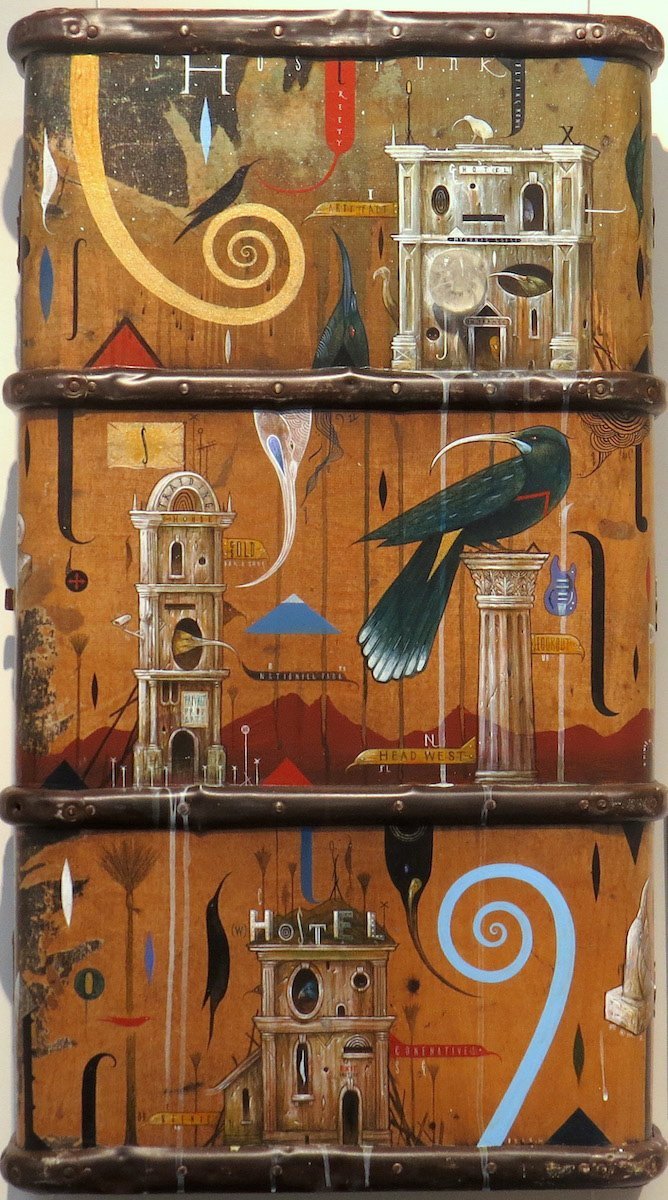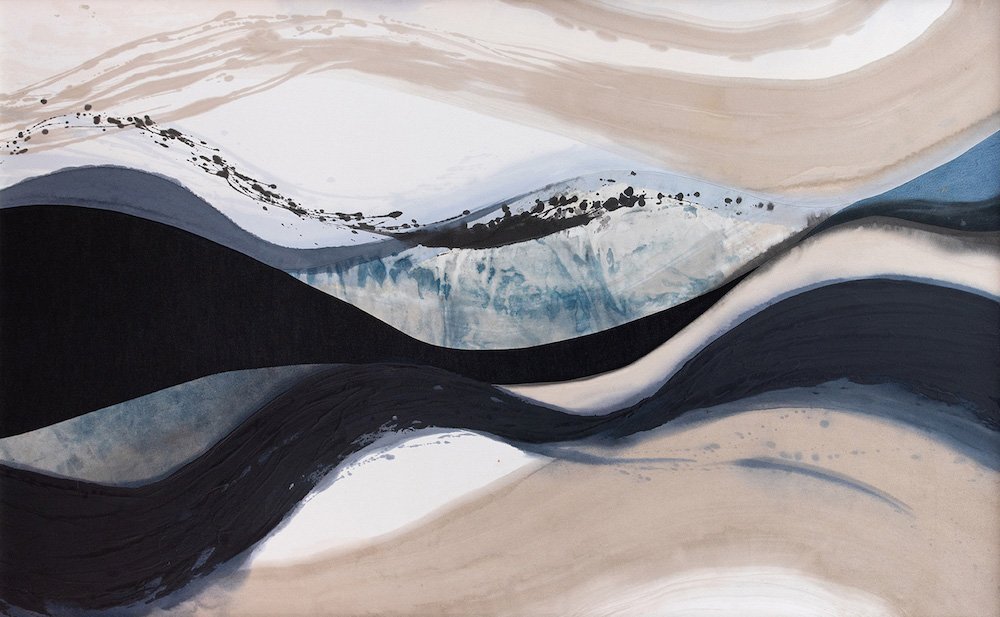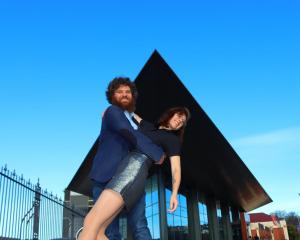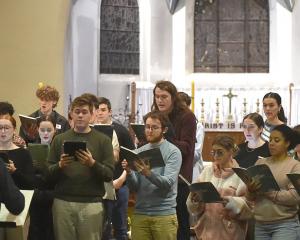
(Otago Art Society)
The Cleveland Art Awards are an annual opportunity to see new work by local and national artists.
The 220 pieces provide a broad overview of current trends in local art.
As always, landscapes and portraits, with bird studies also strongly in evidence.
Surrealist works are also prominent, while still life and abstraction seems to have waned.
Judges Jim and Marcella Geddes have presented awards in each of four categories, along with a youth award and overall champion.
This year’s supreme award has gone to Dean Raybould’s mixed-media gHosttrunk, a bright, wistful piecereminiscent of Bill Hammond.
The standard is high, with many strong pieces, including landscapes by Stefan Roberts, Peter McLaren, and Charmaine Reveley, Liam Gerrard’s kowhai study, and portraits by Alvin Kumar, Mary Jane Sneyd, and Josephine Tan. Pauline Nicholson and Jessica Crothall’s bird studies are also noteworthy, as are a historical seascape by Paul Deacon, Ki Hyun Kim’s streetscape, and a hyper-real study of fallen leaves by Brian Stewart.
Sally Lonie’s BBC street scene is also powerful.
Notable three-dimensional works on display include a Duchampesque installation by Jonny de Painter, Ric Luxfahrae’s "kissing pots", and a fine brooch by Tony Williams.
Remarkable surprises include a massive "hermit crab landscape" by Jerry Howlett and a powerful portrait in shattered glass by Alex Hodge.

(Brett McDowell Gallery)
If surrealism has made a comeback at the Clevelands, David Cauchi is one artist who has caught that wave.
Cauchi’s uniformly small artworks seem to capture the spirit of Magritte in many of their haunting depictions. The bandaged head of Portrait of an Unknown and the bell-jar buildings of The Castle give a distinct impression that the works have a message for the viewer, but this message is forever beyond reach. There is a dark humour in several of the pieces, perhaps most notably the skeletal jaw and teeth of Painting for Dentists and the wry, self-deprecating Monument to the Artist.
The works are created in an unusual combination of media, backgrounds largely created from oils, with the central focus of the images being in a combination of watercolour and coloured pencil. The combination of hard oily depths and gentle surface water-strokes make for images that seem as if they are scenes seen in the hazy distance through solid stone windows. We are looking out on to these mysterious stage sets from the comfort — or discomfort — of our safe, dark homes.
There is a deceptive nature to the use of line and wash depictions; at first the images seem almost cartoon-like, but with repeated viewing the precision and strengthof the images becomes apparent.

(Olga)
Three artists come together to produce "Second Chance" at Olga.
While the artists — Meg Gallagher, Victoria McIntosh and Jay Hutchinson — all come at their subject from different directions, each of them uses the concepts of recycling fabric waste and reassessment of the environment within their art.
Jay Hutchinson is perhaps the best known of the three artists locally, with his study of the decay of the urban landscape and his re-interpretation of it with embroidery. His most notable piece within the current exhibition is a bus shelter bench created from fabric, the found graffiti lovingly stitched on to the material and small discarded trash similarly treated and placed underneath.
Meg Gallagher’s two abstract "paintings" are created from hand-stitched fabric offcuts, over which gestural washes of dye have been applied. The differing natures of the fabric creates a textured base over which the light application of colour sits like clouds upon undulating hillsides.
Victoria McIntosh’s work seems to have stepped out of some 19th-century fantasy, with an array of cakes presented for high tea underneath a genteel needlepoint sampler, all in shades of pale taupe and pinkish beige. This feeling has been subverted, however: the cakes are created from fabric offcuts, and the needlepoint’s one word message, "Disrupt", suggests all is not what it seems.
By James Dignan












